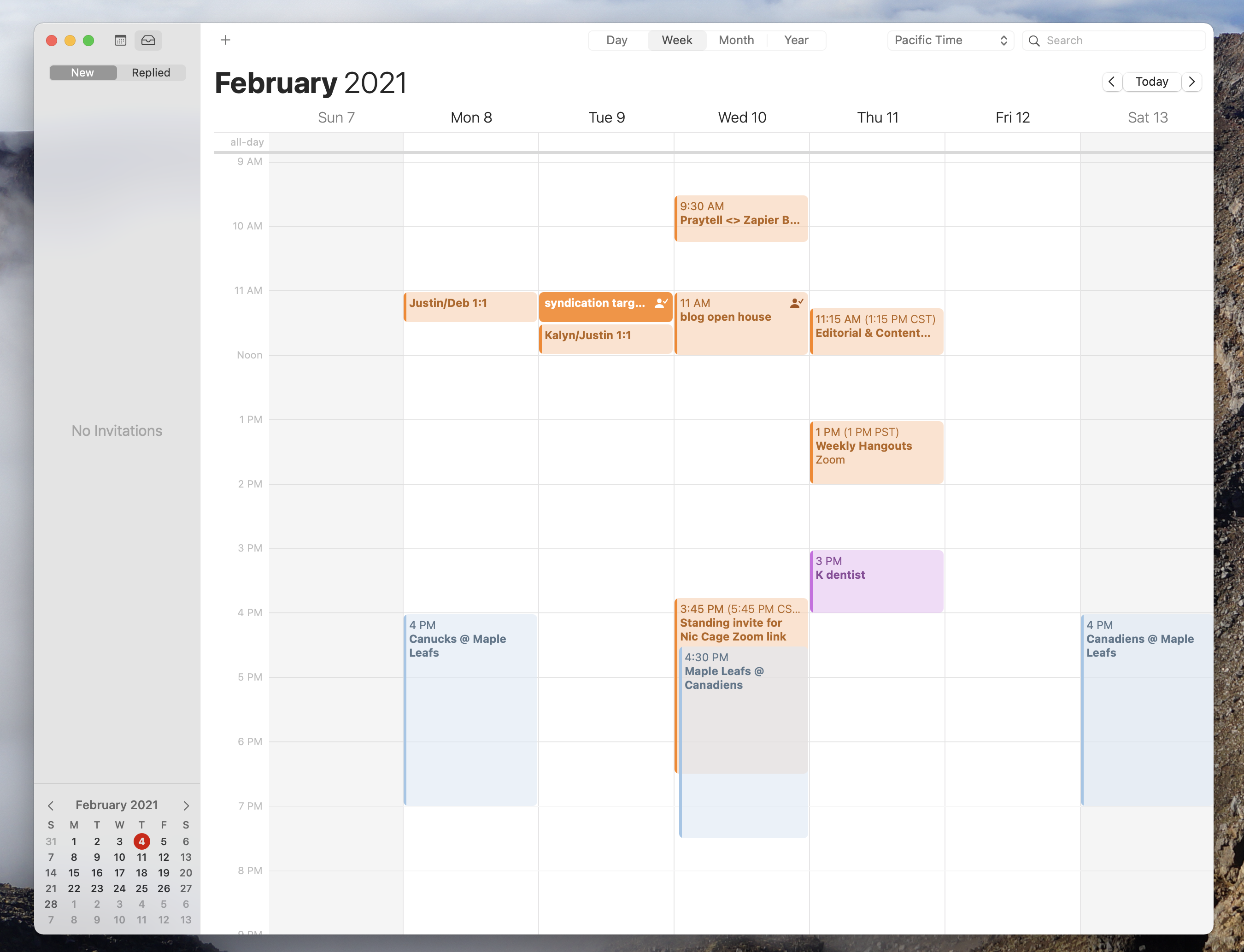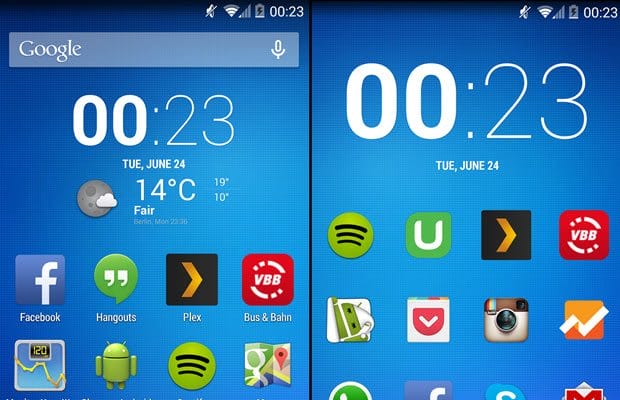

Widget navigationīesides the pure information content, you should also consider to round out your widget's offering by providing navigation links to frequently used areas of your app.

Just like the teasers on the front page of a newspaper, widgets should consolidate and concentrate an app's information and then provide a connection to richer detail within the app or in other words: the widget is the information "snack" while the app is the "meal." As a bottom line, always make sure that your app shows more detail about an information item than what the widget already displays. Widgets are a great mechanism to attract a user to your app by "advertising" new and interesting content that is available for consumption in your app. For a complete list of supported building blocks and more information on layout restrictions, please refer to the "Creating App Widget Layouts" section in the App Widgets API Guide. Given the above interaction limitations, some of the UI building blocks that rely on restricted gestures are not available for widgets. The only gestures available for widgets are: While apps for example may support a view pager that allows the user to navigate between screens laterally, that gesture is already taken on the home screen for the purpose of navigating between home panels. This limits the gesture support that is available in a widget compared to a full-screen app.

While widgets could be understood as "mini apps", there are certain limitations that are important to understand before you start to embark on designing your widget: Gesturesīecause widgets live on the home screen, they have to co-exist with the navigation that is established there. It essentially combines a control widget with elements of an information widget type. Collection widgets can scroll vertically.Ī music player widget is primarily a control widget, but also keeps the user informed about what track is currently playing. Collection widgets typically focus on two use cases:īrowsing the collection, and opening an element of the collection to its detail Collection widgetsĪs the name implies, collection widgets specialize in displaying multitudeĮlements of the same type, such as a collection of pictures from a gallery app,Ī collection of articles from a news app or a collection of emails/messages fromĪ communication app. Touching information widgets typically launches the associated app and opens a detail view of the widget information. Good examples for information widgets are weather widgets, clock widgets or sports score trackers. Information widgets typically display a few crucial information elements that are important to a user and track how that information changes over time. Widgets typically fall into one of theįollowing categories: Information widgets Widget typesĪs you begin planning your widget, think about what To start buildingĪn app widget, read Build an App Widget. Might want to create and some design principles to follow. This page provides an introduction to the different types of widgets you Supported, resize them to tailor the amount of information within a widget to Users can move widgets across their home screen panels, and, if Important data and functionality that is accessible right from the user's home You can imagine them as "at-a-glance" views of an app's most Widgets are an essential aspect of home screenĬustomization.


 0 kommentar(er)
0 kommentar(er)
